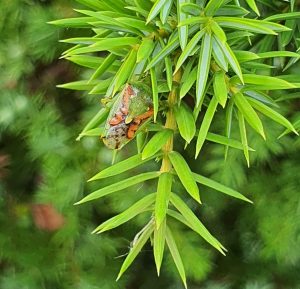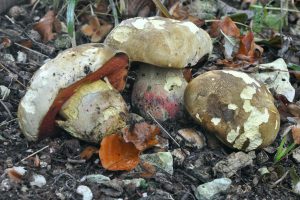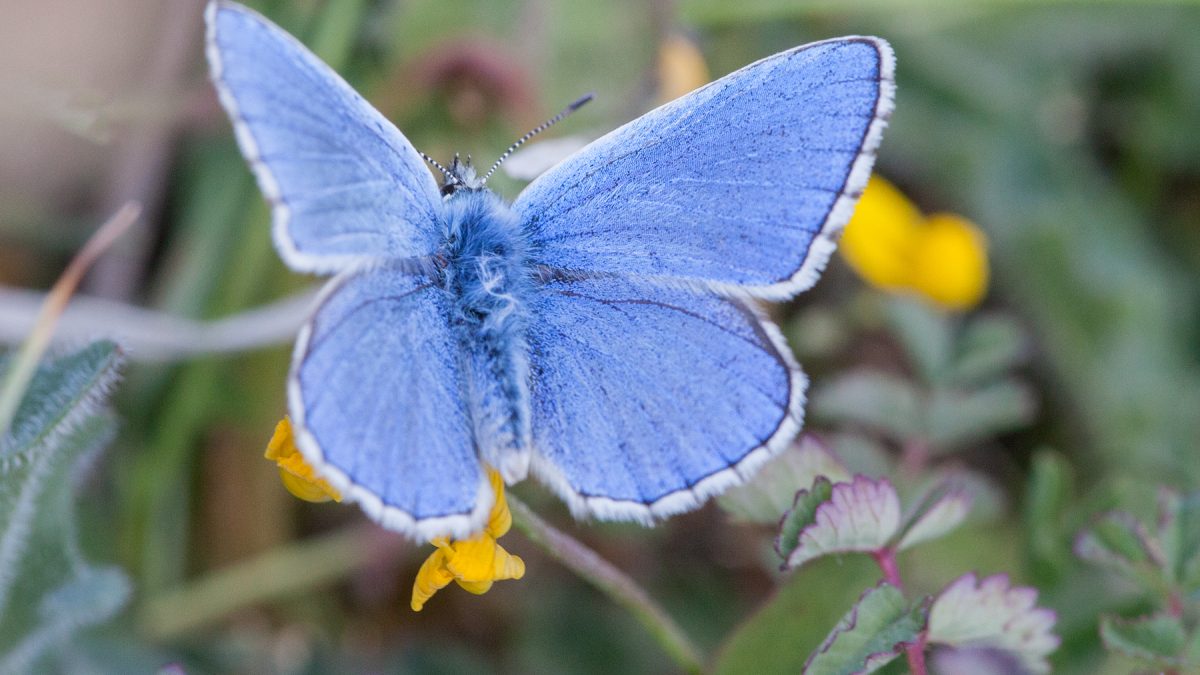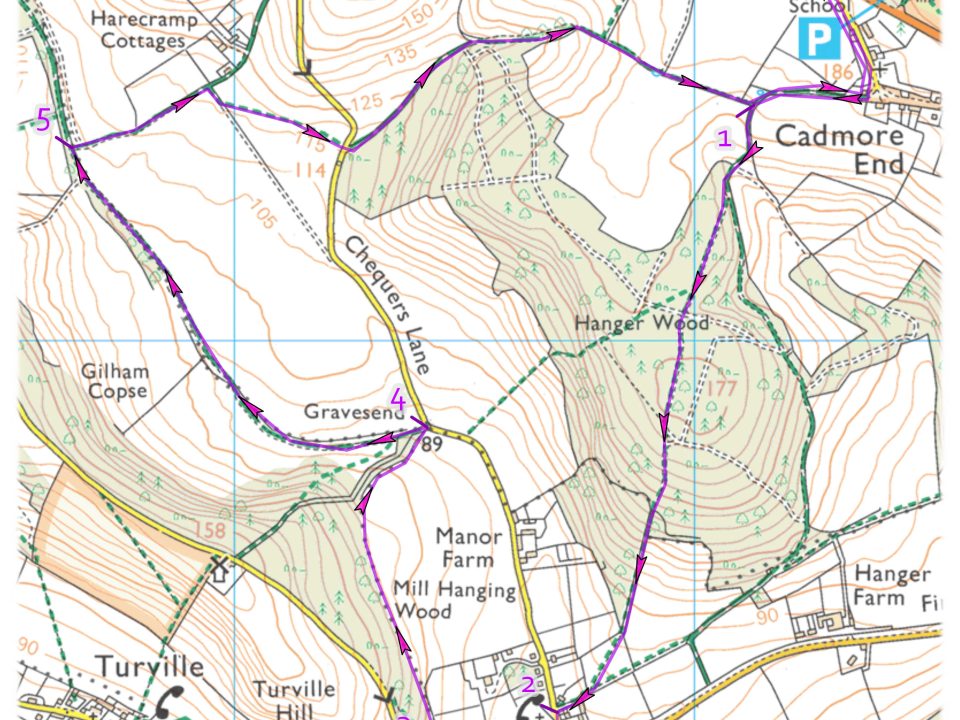
Windows to the past
July 2, 2024
Waterside Theatre
September 3, 2024Even as we head into September, some of our favourite butterfly species, can have second and third broods this time of year, including the beautiful Adonis Blue, the male of which is electric blue in colour.
On the botany front, this time of year sees the Violet Helleborine orchids start to flower. The flowers are typically an off-green, white colour, it is the stem which is violet in colour. Plants are usually found in shade under dense woodland canopies.
Another pretty flower to keep an eye out for, is Devils-bit scabious. The two earlier species of scabious can also be found on the reserve (Small scabious and Field Scabious), but it’s the deep purple of the Devils-bit scabious flower which really sets it apart. The plant has historically been used to treat skin conditions like scabious and the sores of bubonic plague. It was believed the devil got angry that mankind was able to gain so many medicinal benefits from the plant, so bit the root off – hence Devil’s-bit! The root is short and stubby, almost as if someone has taken a bite out of it.
As we enter October, the diversity of fungi really starts to increase. Lurid boletes can be spotted amongst the rockrose, on the clay cap of the ancient, grazed grasslands. A key identification feature is the red staining along the stem. This species of fungi is mycorrhizal with the roots of the rockrose plants – this is a symbiotic association and allows the exchange the essential nutrients.
Another stunning bolete to keep an eye out for is the Devil’s bolete. At Aston Rowant NNR, this species is typically found under beech trees. When the flesh is cut or bruised it will turn blue, and once overripe, the fruiting body emits a nasty smell, which is similar to the smell of carrion.
One more pretty mushroom to keep an eye out for, is the small purple caps of Amethyst deceiver. It has pretty lilac flesh, and the gills on the underside are deep purple in colour. In dry conditions, or as the fungi gets older, the cap can change colour, getting paler and can sometimes appear white.

If you’re out on site this autumn, you’ll no doubt see plenty of fungi. A gentle reminder to leave any fungi you find – these important species are essential for nutrient recycling and should be left to complete their important lifecycles.




